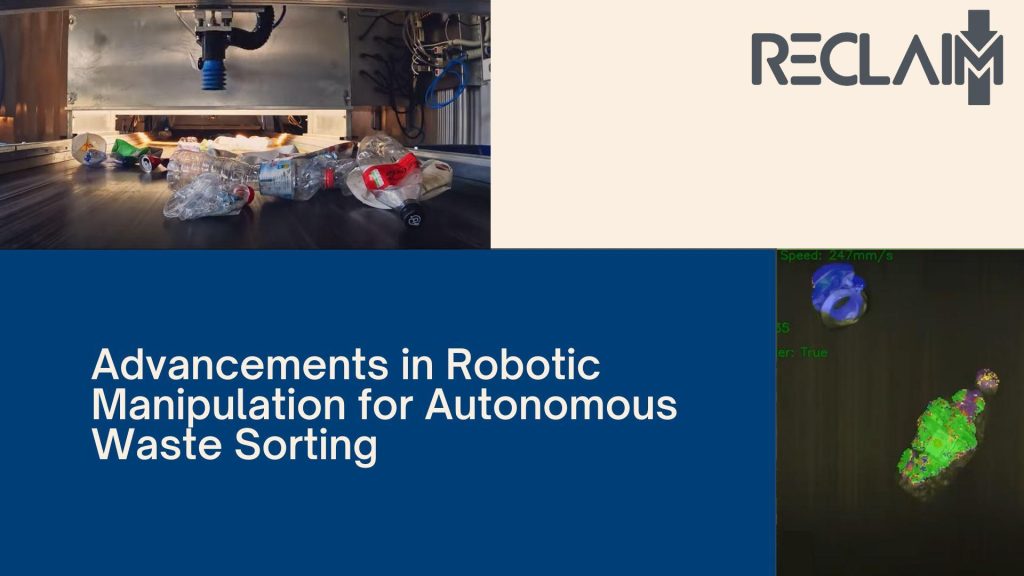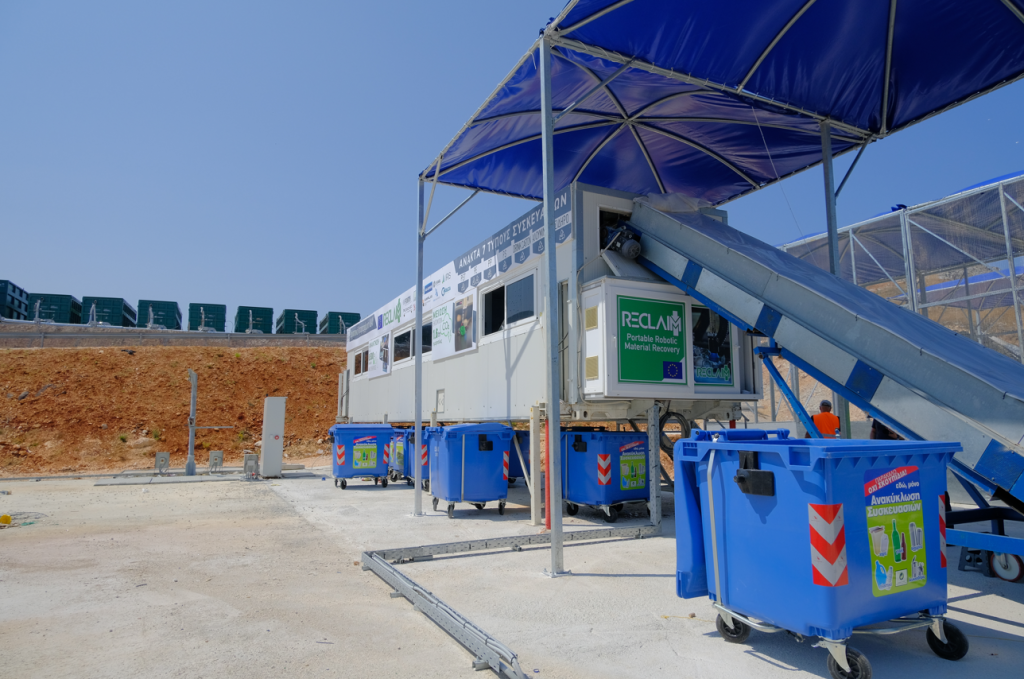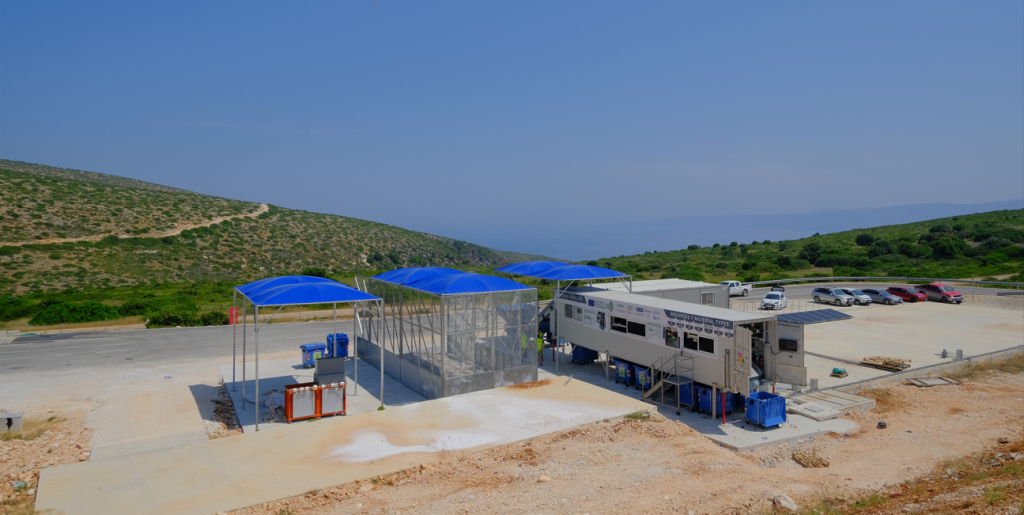
The RECLAIM project has developed an autonomous, portable robotic Material Recovery Facility (prMRF) using AI, advanced imaging and low-cost modular robots to provide decentralised waste sorting and separation for recovering recyclable materials.

Such a portable facility fits inside a standard shipping container and can be quickly deployed in areas in need, such as remote areas with a large seasonal influx of tourists and handle the recovery of valuable recyclable waste locally. In addition, the operations of the prMRF can be closely monitored remotely, from any location. This will enable close-to-source recovery of recyclables and offer a powerful decentralised approach to waste management in Europe.

In the sorting process, multiple low-cost robots with modular grippers efficiently pick and handle different types of waste, depending on their composition. In addition, AI-driven computer vision, deep learning and a combined effort of visual and hyperspectral imaging technologies are able to accurately identify, categorise and localise recyclable waste, allowing robots to maximise sorting effectiveness.
In this regard, researchers at the KU Leuven’s Life Cycle Engineering (LCE) research group (SIM2 – KU Leuven) are developing innovative robotic gripping systems and intelligent task scheduling strategies to enhance the efficiency and autonomy of waste sorting systems.
Efficient sorting of complex waste streams remains a challenge to advance a circular economy. While robotic systems offer opportunities, their applications have been marred by technical bottlenecks, especially in relation to the manipulation of irregular and variable waste items.
This article will provide you with context about KU Leuven’s team, which has worked on optimising robotic systems deployment, supported by advanced perception and control systems for autonomous waste sorting.
Ultimately, RECLAIM’s innovative technologies for waste management and material recovery will strengthen Europe’s competitiveness and independence by increasing the availability of secondary raw materials.